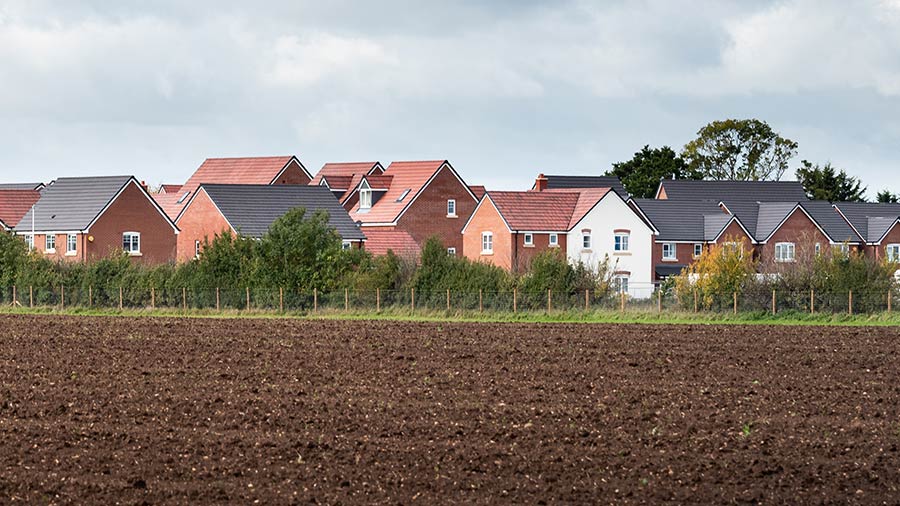Biodiversity net gain detail includes ‘stacking payments’ option
 © AdobeStock/Rob Lavers LRPS
© AdobeStock/Rob Lavers LRPS Landowners and occupiers will be able to stack biodiversity net gain payments alongside nutrient mitigation credits and other environmental payments on the same land.
Confirmation that stacking will be allowed came this week, alongside guidance on biodiversity net gain (BNG).
As widely expected, it was also confirmed that the obligation on developers to achieve a minimum 10% BNG on their sites will come into effect from November this year.
See also: Biodiversity net gain agreements – what farmers should know
Integral to planning process
This will form part of the planning process and applies to new housing, industrial and commercial developments.
There is a longer transition period until April 2024 for small sites and exemptions for developments such as self-build homes.
In many cases, developers will look for nearby land on which to achieve their BNG obligations, paying farmers and others to carry this out under long-term agreements, expected to be at least 30 years.
BNG units to achieve the 10% uplift can be offered to developers by landowners, long-term leaseholders, farming tenants and businesses or organisations that carry out habitat creation or enhancements.
Sales to multiple buyers
Where biodiversity units and nutrient credits are stacked on the same piece of land, they can be sold to the same developer or different developers, provided the eligibility criteria for each market are met.
Nutrient credits are needed to offset the increased levels of phosphate and nitrogen brought about by developments, and providing this mitigation is increasingly becoming a requirement in obtaining planning permission.
Defra also confirmed that land receiving BPS income can be used to sell biodiversity units and nutrient credits, as can land in the Sustainable Farming Incentive, Countryside Stewardship and Environmental Stewardship.
It will not be possible to sell an enhancement funded by an agri-environment scheme as a biodiversity unit or nutrient credit.
However, the same land can be used to create further habitat enhancements on top of an existing agri-environment agreement.
Biodiversity units and nutrient credits can also be sold from land used to sell carbon credits if the habitat is further enhanced and this does not impact the carbon value.
As well as the development of a private, off-site market in BNG units, a government statutory credit scheme is being set up, which developers will be able to access as a last resort.
There will also be a publicly accessible register of BNG sites and the developments they are associated with. Secondary legislation is needed to finalise the implementation of BNG requirements.
